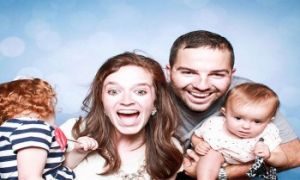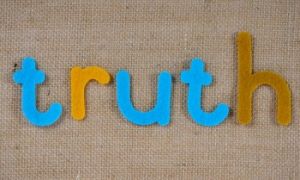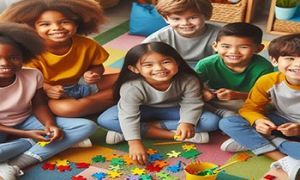Gibbs Reflective Cycle is a structured framework for reflection that helps individuals analyze their experiences and improve their learning or practice. Developed by Graham Gibbs in 1988, it consists of six stages:
-
Description – What happened? (Detail the experience.)
-
Feelings – What were you thinking and feeling?
-
Evaluation – What was good and bad about the experience?
-
Analysis – What sense can you make of the situation?
-
Conclusion – What else could you have done?
-
Action Plan—If it happened again, what would you do differently?
Guided Questions
Guided questions can help educators and young learners engage in meaningful reflection. Here are some examples tailored for early childhood:
-
Personal Experiences: What was your favorite part of today, and why?
-
Emotional Awareness: How did you feel when you tried something new?
-
Problem-Solving: What was something tricky you faced today, and how did you solve it?
-
Social Interactions: Who did you play with today, and what did you learn from them?
-
Learning Moments: What is one thing you discovered today that made you curious?
-
Future Thinking: What would you like to try again tomorrow, and how can you make it even better?
Sample
Reflection on a Learning Experience in Early Childhood Education
Today, I observed a group of preschoolers engaging in a sensory play activity with water and different textured objects. Initially, some children hesitated to touch the materials, while others eagerly explored. As the activity progressed, I noticed how peer interactions encouraged hesitant children to participate.
One child, who was initially reluctant, observed their peers and eventually dipped their hands into the water. This moment highlighted the importance of social learning and peer influence in early childhood development.
Upon reflection, I realized that providing a variety of sensory experiences helps children develop confidence and curiosity. Moving forward, I plan to introduce more open-ended sensory activities and observe how different children respond. Additionally, I will encourage peer collaboration to foster a supportive learning environment.
Further Reading
Educators Guide To Critical Reflections
A Guide To Writing A Daily Reflection
Critical Reflections In The Assessment and Rating Process
Reflection Vs Critical Reflection
Educational Leader Guide: How to Lead Reflective Practices in Your Team


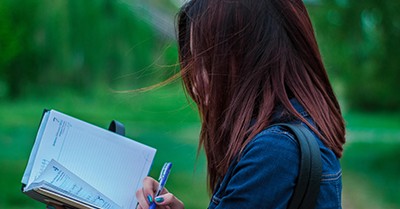


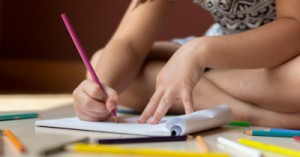
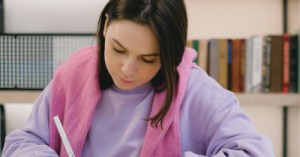
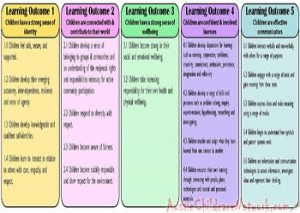 Here is the list of the EYLF Learning Outcomes that you can use as a guide or reference for your documentation and planning. The EYLF
Here is the list of the EYLF Learning Outcomes that you can use as a guide or reference for your documentation and planning. The EYLF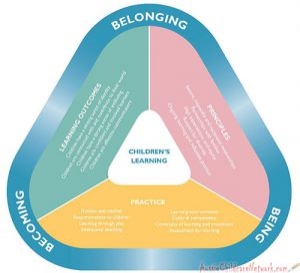 The EYLF is a guide which consists of Principles, Practices and 5 main Learning Outcomes along with each of their sub outcomes, based on identity,
The EYLF is a guide which consists of Principles, Practices and 5 main Learning Outcomes along with each of their sub outcomes, based on identity,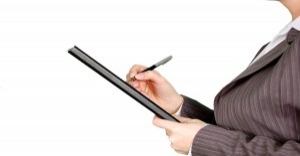 This is a guide on How to Write a Learning Story. It provides information on What Is A Learning Story, Writing A Learning Story, Sample
This is a guide on How to Write a Learning Story. It provides information on What Is A Learning Story, Writing A Learning Story, Sample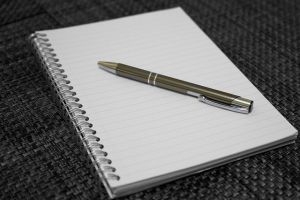 One of the most important types of documentation methods that educators needs to be familiar with are “observations”. Observations are crucial for all early childhood
One of the most important types of documentation methods that educators needs to be familiar with are “observations”. Observations are crucial for all early childhood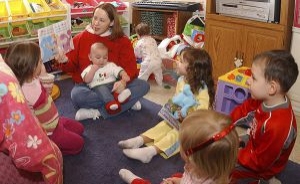 To support children achieve learning outcomes from the EYLF Framework, the following list gives educators examples of how to promote children's learning in each individual
To support children achieve learning outcomes from the EYLF Framework, the following list gives educators examples of how to promote children's learning in each individual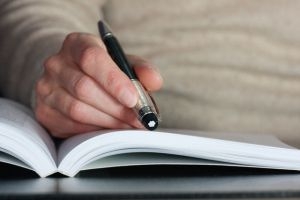 Reflective practice is learning from everyday situations and issues and concerns that arise which form part of our daily routine while working in an early
Reflective practice is learning from everyday situations and issues and concerns that arise which form part of our daily routine while working in an early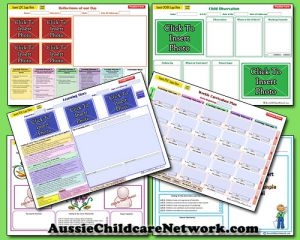 Within Australia, Programming and Planning is reflected and supported by the Early Years Learning Framework. Educators within early childhood settings, use the EYLF to guide
Within Australia, Programming and Planning is reflected and supported by the Early Years Learning Framework. Educators within early childhood settings, use the EYLF to guide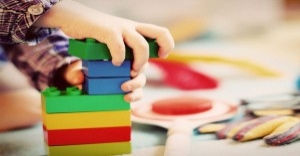 When observing children, it's important that we use a range of different observation methods from running records, learning stories to photographs and work samples. Using
When observing children, it's important that we use a range of different observation methods from running records, learning stories to photographs and work samples. Using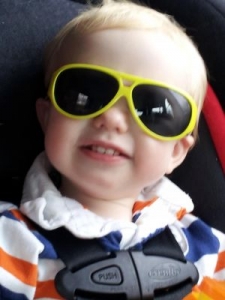 This is a guide for educators on what to observe under each sub learning outcome from the EYLF Framework, when a child is engaged in
This is a guide for educators on what to observe under each sub learning outcome from the EYLF Framework, when a child is engaged in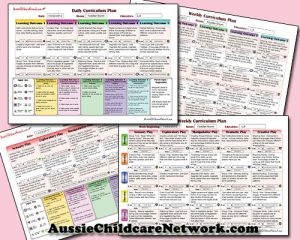 The Early Years Learning Framework describes the curriculum as “all the interactions, experiences, activities, routines and events, planned and unplanned, that occur in an environment
The Early Years Learning Framework describes the curriculum as “all the interactions, experiences, activities, routines and events, planned and unplanned, that occur in an environment